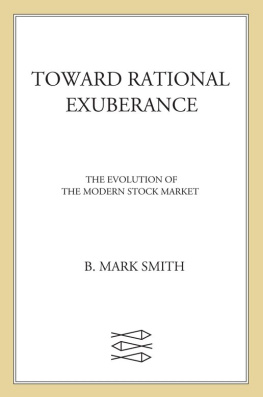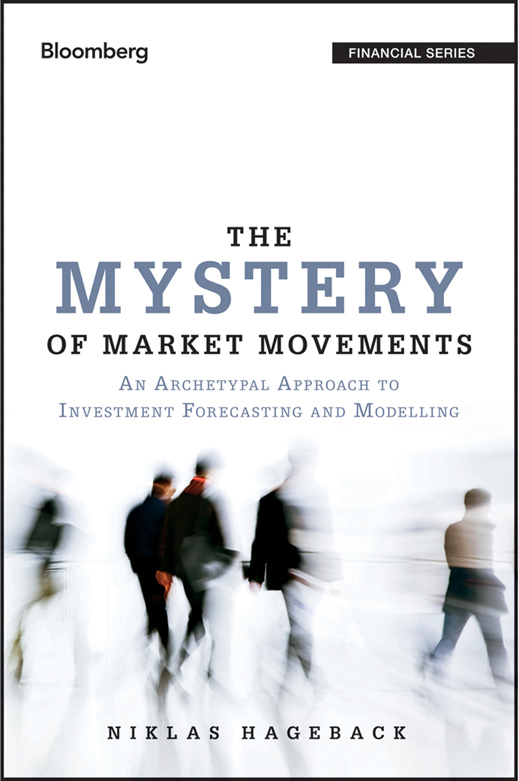Niklas Hageback - The Mystery of Market Movements: An Archetypal Approach to Investment Forecasting and Modelling
Here you can read online Niklas Hageback - The Mystery of Market Movements: An Archetypal Approach to Investment Forecasting and Modelling full text of the book (entire story) in english for free. Download pdf and epub, get meaning, cover and reviews about this ebook. year: 2014, publisher: Wiley, genre: Religion. Description of the work, (preface) as well as reviews are available. Best literature library LitArk.com created for fans of good reading and offers a wide selection of genres:
Romance novel
Science fiction
Adventure
Detective
Science
History
Home and family
Prose
Art
Politics
Computer
Non-fiction
Religion
Business
Children
Humor
Choose a favorite category and find really read worthwhile books. Enjoy immersion in the world of imagination, feel the emotions of the characters or learn something new for yourself, make an fascinating discovery.

- Book:The Mystery of Market Movements: An Archetypal Approach to Investment Forecasting and Modelling
- Author:
- Publisher:Wiley
- Genre:
- Year:2014
- Rating:3 / 5
- Favourites:Add to favourites
- Your mark:
The Mystery of Market Movements: An Archetypal Approach to Investment Forecasting and Modelling: summary, description and annotation
We offer to read an annotation, description, summary or preface (depends on what the author of the book "The Mystery of Market Movements: An Archetypal Approach to Investment Forecasting and Modelling" wrote himself). If you haven't found the necessary information about the book — write in the comments, we will try to find it.
A quantifiable framework for unlocking the unconscious forces that shape markets
There has long been a notion that subliminal forces play a great part in causing the seemingly irrational financial bubbles, which conventional economic theory, again and again, fails to explain. However, these forces, sometimes labeled animal spirits or irrational exuberance, have remained elusive - until now. The Mystery of Market Movements provides you with a methodology to timely predict and profit from changes in human investment behaviour based on the workings of the collective unconscious.
Niklas Hageback draws in on one of psychologys most influential ideas - archetypes - to explain how they form investors perceptions and can be predicted and turned into profit. The Mystery of Market Movements provides;
- A review of the collective unconscious and its archetypes based on Carl Jungs theories and empirical case studies that highlights and assesses the influences of the collective unconscious on financial bubbles and zeitgeists
- For the first time being able to objectively measure the impact of archetypal forces on human thoughts and behaviour with a view to provide early warning signals on major turns in the markets. This is done through a step-by-step guide on how to develop a measurement methodology based on an analysis of the language of the unconscious; figurative speech such as metaphors and symbolism, drawn out and deciphered from Big Data sources, allowing for quantification into time series
- The book is supplemented with an online resource that presents continuously updated bespoken archetypal indexes with predictive capabilities to major financial indexes
Investors are often unaware of the real reasons behind their own financial decisions. This book explains why psychological drivers in the collective unconscious dictates not only investment behaviour but also political, cultural and social trends. Understanding these forces allows you to stay ahead of the curve and profit from market tendencies that more traditional methods completely overlook.
Niklas Hageback: author's other books
Who wrote The Mystery of Market Movements: An Archetypal Approach to Investment Forecasting and Modelling? Find out the surname, the name of the author of the book and a list of all author's works by series.









